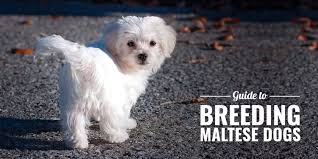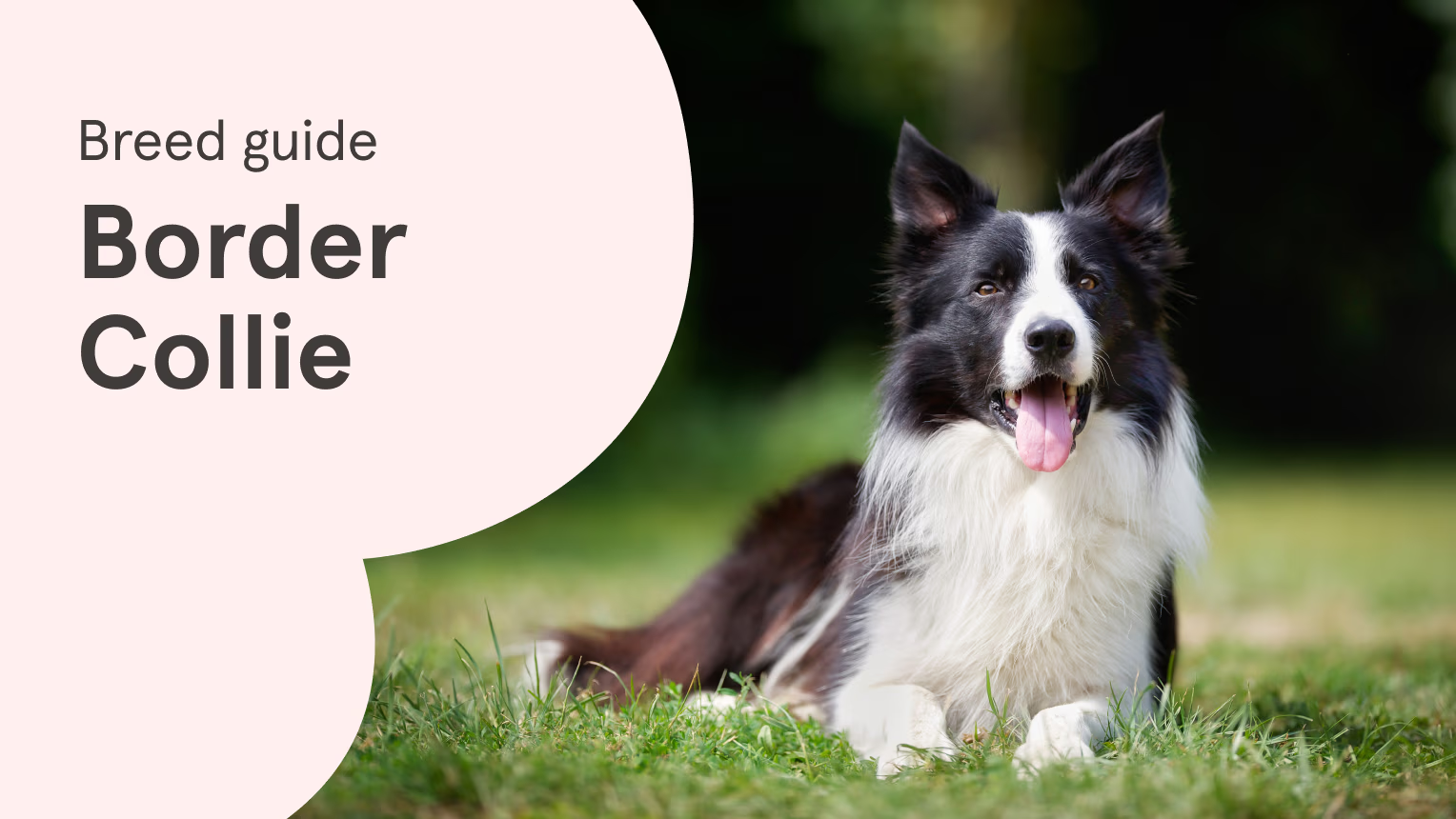Great Dane: The Ultimate Guide to Care, Training, and Ownership
The Great Dane, also known as the “Apollo of Dogs,” is one of the most majestic and gentle giants in the canine world. Despite their imposing size, Great Danes are affectionate, loyal, and well-suited for families. However, owning one comes with unique responsibilities. If you’re considering adding a Great Dane to your life, this guide will walk you through everything you need to know—from temperament and training to health care, diet, and budgeting.
Breed Overview: Meet the Gentle Giant
- Breed Name: Great Dane
- Origin: Germany
- Group: Working Group
- Life Expectancy: 7–10 years
- Weight: 100–175 lbs
- Height: 28–34 inches (at the shoulder)
- Temperament: Friendly, Gentle, Loyal, Protective
- AKC Recognition: Yes (since 1887)
Originally bred to hunt wild boar, Great Danes have evolved into affectionate family companions. Their noble stature and calm demeanor make them stand out, both visually and temperamentally.
Appearance and Personality
Great Danes are one of the largest dog breeds in the world. They are muscular and elegant, often described as regal. Despite their size, they are known for their loving nature and playful attitude.
Personality Traits
- Affectionate: They form strong bonds with family and are excellent with children.
- Protective: Natural guardians without being overly aggressive.
- Social: They enjoy being around people and other dogs.
- Easy-going: Their calm temperament makes them suitable for indoor living.
They’re often referred to as “lap dogs in a giant’s body” due to their habit of sitting on their humans.
Pros and Cons of Owning a Great Dane
Pros
✅ Loyal and Affectionate: Great Danes are incredibly loyal and love human companionship.
✅ Low Grooming Needs: Short coats require minimal maintenance.
✅ Great Family Pets: Gentle with kids and get along with other animals.
✅ Low Exercise Needs (Compared to Size): Surprisingly low energy indoors.
✅ Imposing Deterrent: Their size alone is a great burglar deterrent.
Cons
❌ Short Lifespan: Sadly, they typically live only 7–10 years.
❌ Health Issues: Prone to heart disease, hip dysplasia, and bloat.
❌ High Food and Vet Bills: Their size means higher expenses across the board.
❌ Space Requirements: Not ideal for small apartments unless well-managed.
❌ Slobber and Drool: Be prepared for a bit of mess, especially after meals or drinks.
Training a Great Dane
Early training is crucial due to their large size and strength. A poorly trained Great Dane can unintentionally cause harm simply by bumping into someone.
1. Start Early
Begin socialization and training when they’re puppies (around 8–12 weeks old).
2. Use Positive Reinforcement
These dogs respond best to praise, treats, and affection—not harsh discipline.
3. Crate Training
Helps with housebreaking and offers a secure space for them to relax.
4. Socialization
Expose them to people, other animals, sounds, and environments. This helps prevent nervous or aggressive behavior later in life.
5. Basic Commands
Teach sit, stay, down, come, and heel early. Given their size, they must be under control at all times.
6. Leash Training
Start young. A full-grown Great Dane that pulls can overpower most owners.
Exercise and Activity Needs
While not hyperactive, Great Danes do need regular exercise.
- Daily Walks: 30–60 minutes a day is sufficient.
- Mental Stimulation: Puzzle toys, obedience games, and light training.
- Avoid Intense Activity After Meals: To prevent bloat, avoid heavy play or running right before or after meals.
Feeding a Great Dane
Due to their size and rapid growth, feeding is crucial to their development and health.
Puppies
- Require large-breed puppy food with proper calcium/phosphorus ratios.
- Avoid overfeeding to reduce joint stress.
Adults
- Feed 2–3 times per day instead of one large meal to prevent bloat.
- Use elevated feeding bowls for better digestion (though some vets debate this).
Daily Food Quantity:
- Puppies: 4–8 cups (depending on age)
- Adults: 6–10 cups of high-quality kibble (spread over 2 meals)
Supplements
Consider supplements for:
- Joint health (Glucosamine, Chondroitin)
- Skin and coat (Omega-3s)
- Digestive health (Probiotics)
Grooming and Hygiene
Despite their size, Great Danes are relatively low-maintenance.
Coat Care
- Brush once or twice a week to manage shedding.
- Bathe as needed, usually every 6–8 weeks.
Dental Hygiene
- Brush teeth 2–3 times a week.
- Dental chews and vet-approved toothpaste help maintain oral health.
Nail Trimming
- Trim monthly or as needed to prevent cracking or overgrowth.
Ear Care
- Check weekly for wax buildup or infection signs.
Common Health Issues in Great Danes
1. Gastric Dilatation-Volvulus (Bloat)
A life-threatening condition where the stomach twists. Prevent by feeding smaller, more frequent meals and limiting activity post-meal.
2. Hip Dysplasia
Common in large breeds. Maintain a healthy weight and provide joint supplements.
3. Cardiomyopathy
Heart disease prevalent in Danes. Regular vet checkups are crucial.
4. Hypothyroidism
Results in lethargy, weight gain, and skin issues. Manageable with medication.
5. Cancer
Bone cancer is a known risk. Early detection is key.
Tip: Invest in pet insurance—treatment for large breeds can be expensive.
Living with a Great Dane
Is a Great Dane Right for You?
You’re a good match if:
- You have ample space (though they can adapt to apartments with proper exercise).
- You enjoy affectionate, people-oriented pets.
- You can budget for higher food and vet costs.
- You’re committed to training and socialization.
They’re not ideal if:
- You’re away from home most of the day.
- You’re not comfortable with drool or large dogs.
- You want a dog that lives into their teens.
Price of a Great Dane
Initial Purchase
- From a reputable breeder: $1,000–$3,000
- Show-quality or rare colors (like harlequin): $3,000–$5,000+
Adoption from Shelter/Rescue
- Typically $150–$500
Initial Setup Costs
- Bed, crate, bowls, leash, toys: $200–$500
Ongoing Costs
- Food: $60–$100/month
- Vet Care: $500–$1,000/year
- Pet Insurance: $30–$80/month
- Grooming: DIY or $50–$100/session if professional
Fun Facts About Great Danes
- The world’s tallest dog was a Great Dane named Zeus, standing 44 inches at the shoulder.
- Scooby-Doo, the famous cartoon dog, is modeled after a Great Dane.
- Despite their size, they often curl up like cats on couches or beds.
Final Thoughts
Owning a Great Dane is an incredible journey filled with love, loyalty, and a few slobbery kisses. They may not be the longest-lived breed, but they’ll fill every year with companionship and joy. With proper training, care, and attention, your Great Dane will be a gentle giant and a beloved family member.
If you’re up for the commitment, the Great Dane just might be the perfect addition to your home.




